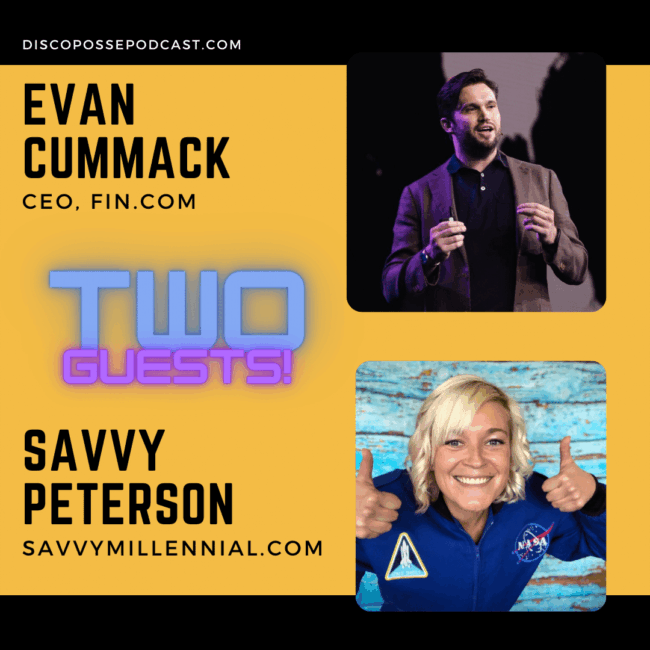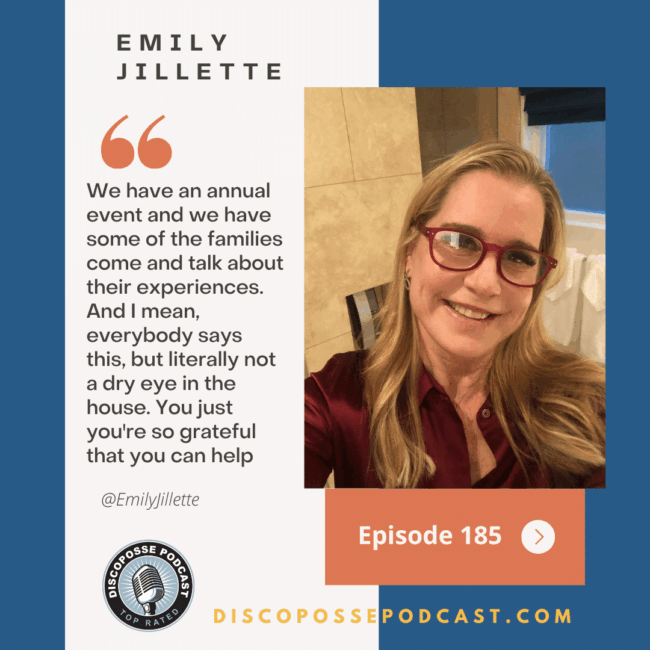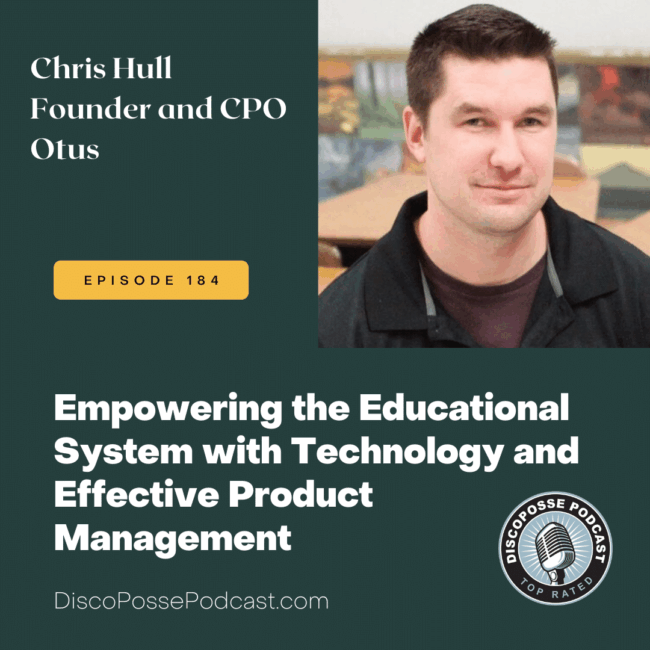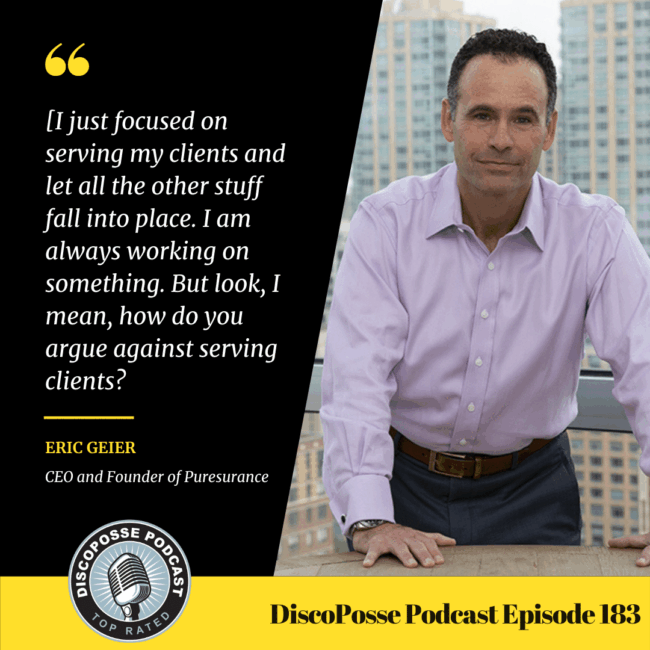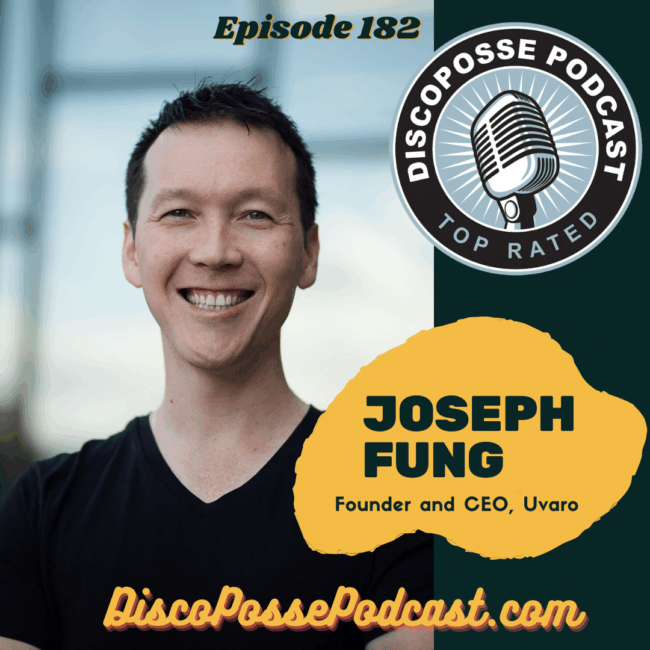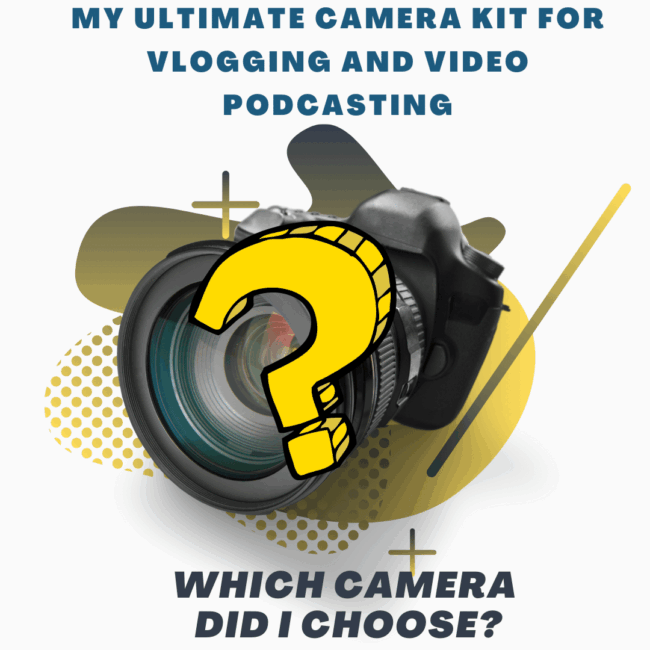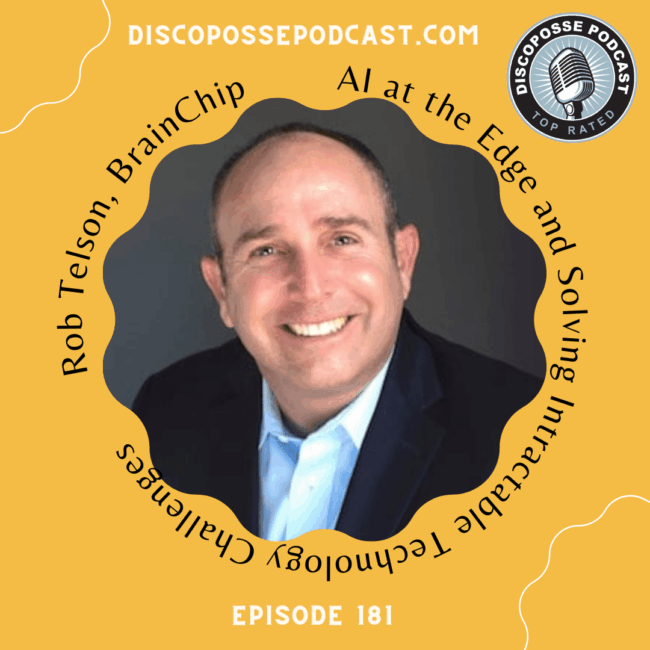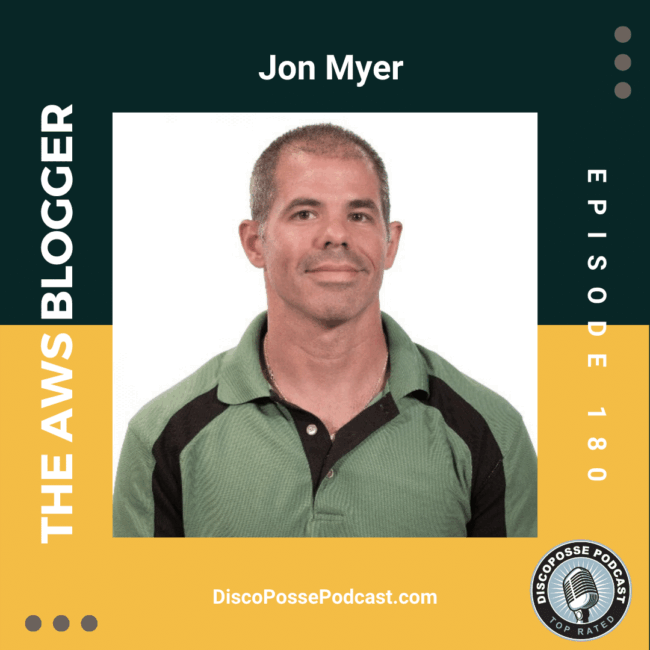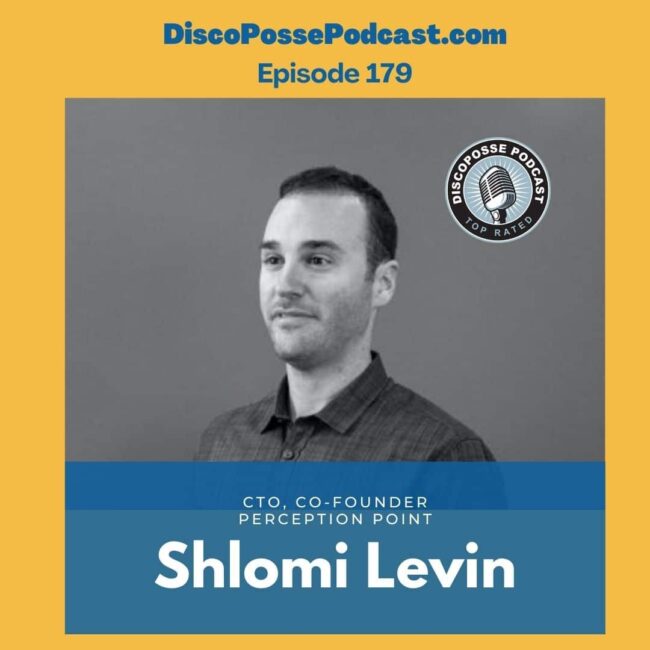Ep 186 Evan Cummack and Savvy Peterson on Optimizing Human and Business Potential
Evan Cummack is the CEO of Fin, a company aiming to shape the future of work, founded by former Facebook VP Sam Lessin and Venmo Co-Founder Andrew Kortina. Prior to Fin, Evan was a General Manager at Twilio where he joined in 2011 as one of the company’s early employees and helped to shape the…

